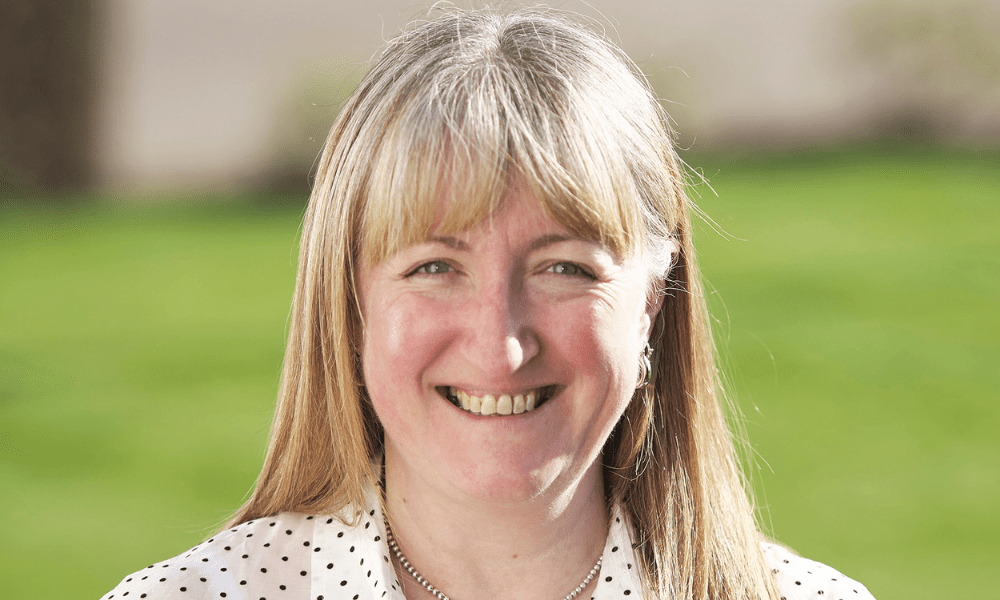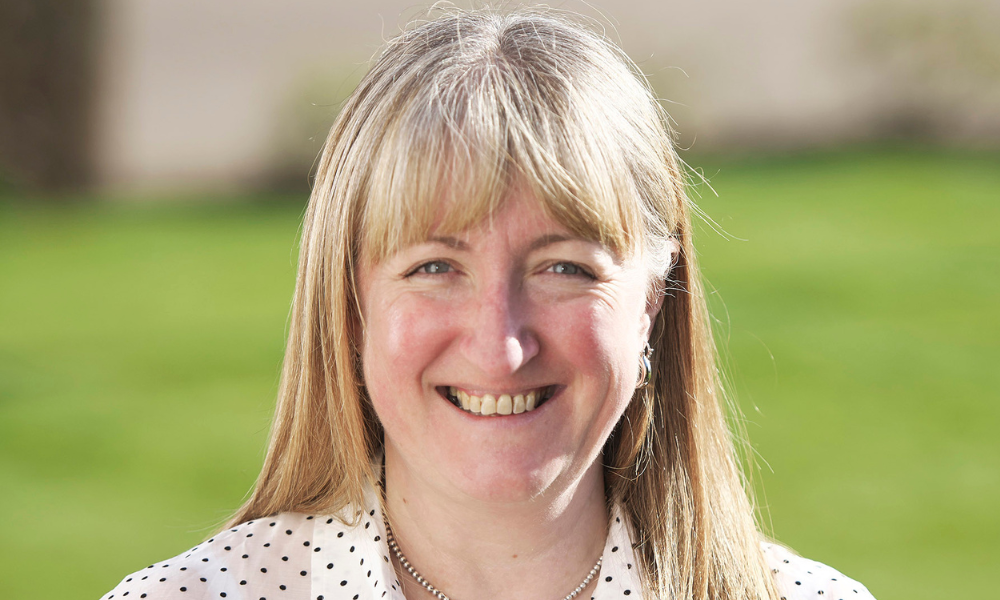

What’s causing the cyber BI knowledge gap?
For that to happen, the market needs to understand what’s causing the problem. With Baker Tilly having handled in excess of 200,000 cyber BI claims, it has a wealth of experience at its disposal, he said, and what it has found is that in a significant number of these claims, it is having to work directly with the policyholder to explain the cover that is available.


As Dawson points out, such incidents are frequent in nightclub environments, where low lighting, drink spillages, and crowded spaces increase the likelihood of accidents: “[Slip and trips] are what we call high frequency, low severity claims.. we’ve seen an increase of these, no win, no fee type claims. So that’s one of the biggest risks,” Dawson explained.

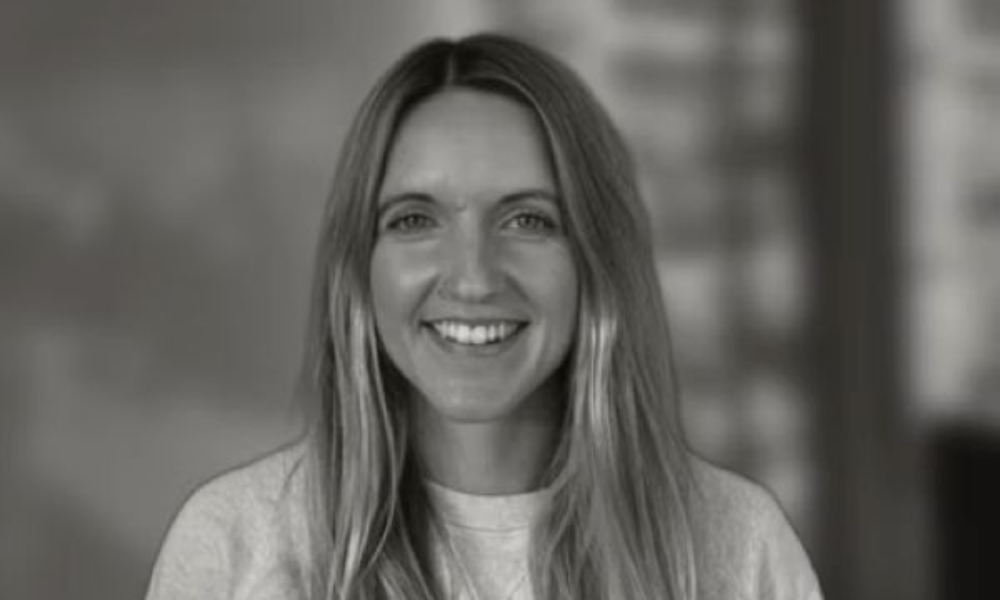
For Previsico, the third element is around its Intercasting suite of products, which uses the market’s most accurate observed, rather than predicted, rainfall data to predict surface water flood risk. By using such a tool you can essentially access a “playback” as to how flood developed in that area and where it’s impacting that area most, which means you can enable clients to respond faster and with greater certainty, she said. “This allows them to understand a bit better where their pinch points are and gives them that educational insight to understand, if it does happen again, how the water will move in a flood.”

.jpg)
Finally, the subject of reporting came up in a meeting I had with the City minister, Emma Reynolds, recently. I genuinely believe that now is the time to overhaul reporting requirements, without delay, all of course helping to implement the ‘Radical action plan to cut red tape and kickstart growth’.


Unfortunately, many of these people may be unprepared to manage anaphylaxis, the severe, rapid-onset reaction to an allergen that can be life-threatening if not swiftly addressed. When someone experiences anaphylaxis, their body releases chemicals that cause their airways to swell, blood pressure to drop, and organs to struggle for oxygen. The injection of adrenaline is critical in the minutes following a reaction, and works like a life-saving reset button, quickly tackling the symptoms of anaphylaxis.

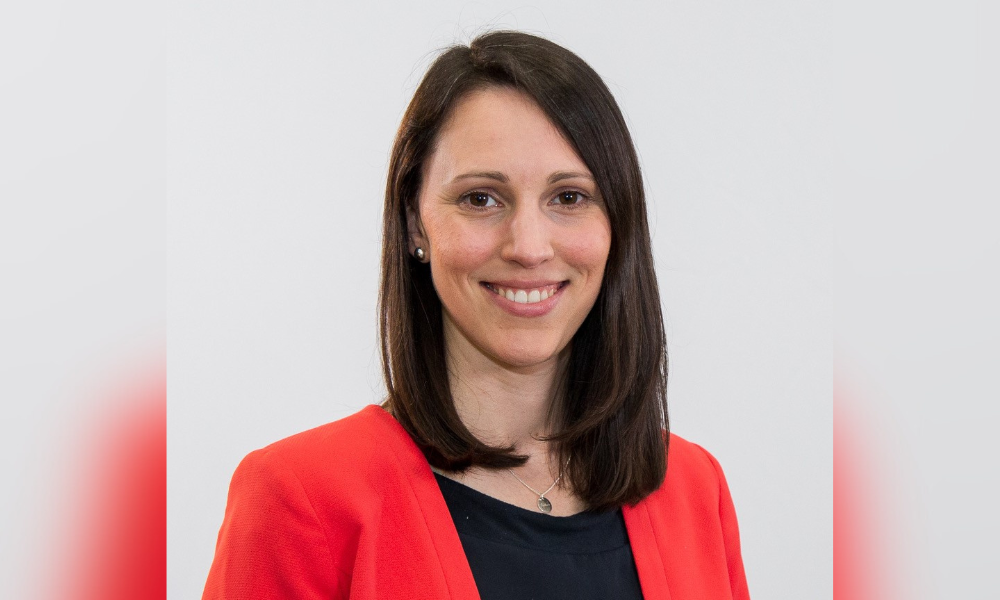
The talent retention challenge in pricing
Pricing practitioners are valuable assets for insurance companies, Swain said, but they often prove quite hard to retain. That’s for several reasons, including that these tend to be very analytical, curious-minded people who prefer stimulating, fast-changing work. “I also think they’re quite easily frustrated by inefficient processes, or tools that aren’t up to date – anything that prevents them from doing what really interests them, which is pricing analytics and solving interesting problems with interesting tools and techniques.”


The agreement is designed to support the ReAssure transformation program by simplifying operations and focusing resources on other core strategic initiatives. As part of the deal, Wipro has committed to investing in the ALPHA platform and related services to align with Phoenix’s customer experience objectives.

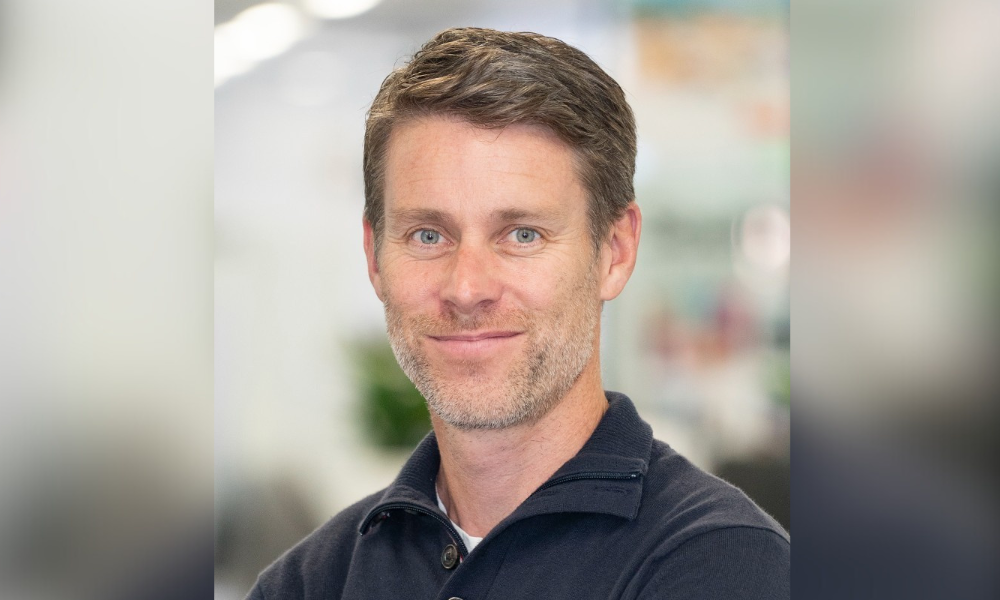
It’s a segment bursting with opportunities, Thomas highlighted in a recent interview with Insurance Business where he shared some of the trends he’s seeing in the market. The premise of Ripe is that it covers people’s passions, he said, whether that’s via insuring hobbies or interest-led small businesses. “Our goal is to make it easy for people to find a tailored, high-quality insurance policy for their passion,” he said. “That could be a leisure craft, or somebody’s DJ equipment, or jewellery and watches – right the way through to small businesses where somebody has turned their passion into a way of living.”


Aviva said that it aims to achieve £125 million in annual pre-tax cost savings within three years, with anticipated one-off integration costs of around £250 million. Prior to this, Aviva had also implemented job reductions in 2019, cutting around 1,800 roles over three years as part of a restructuring plan.

